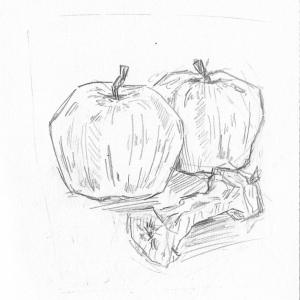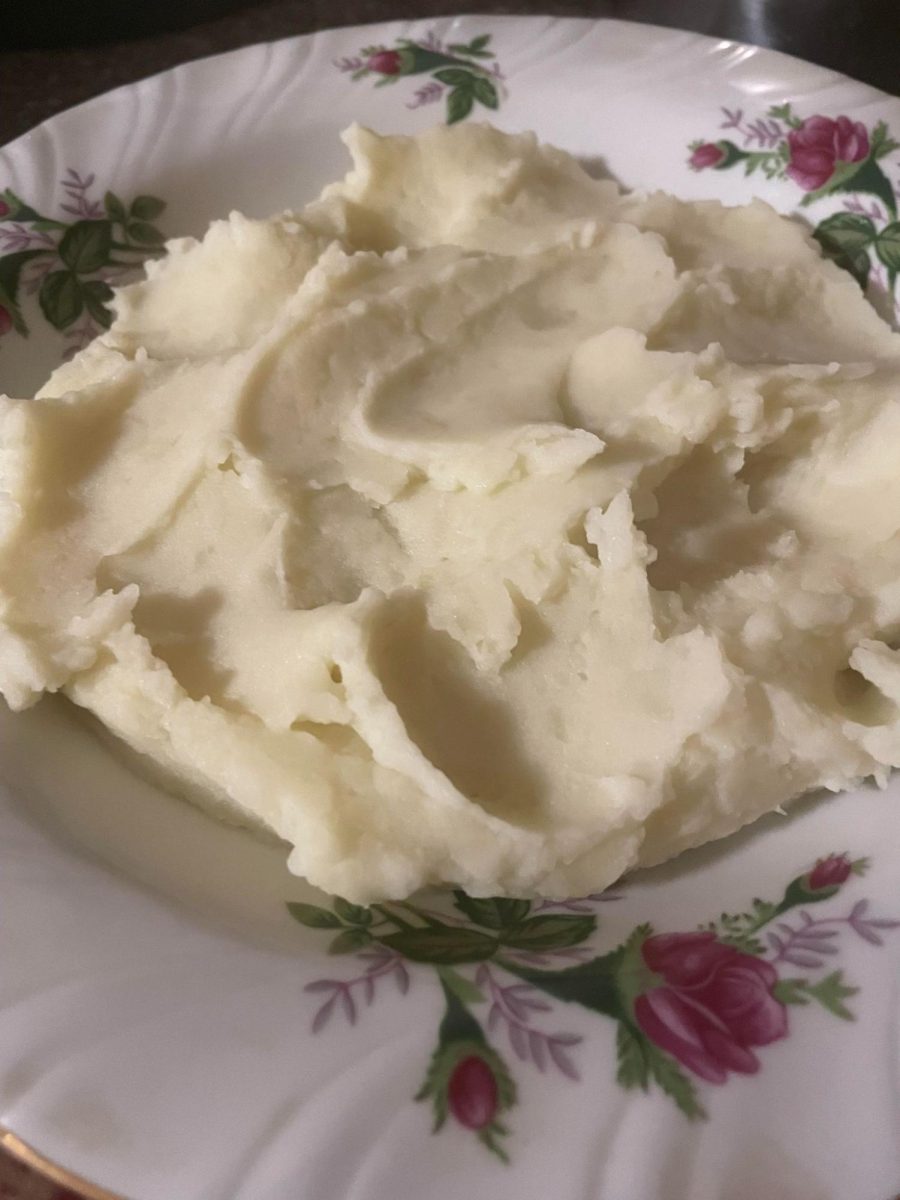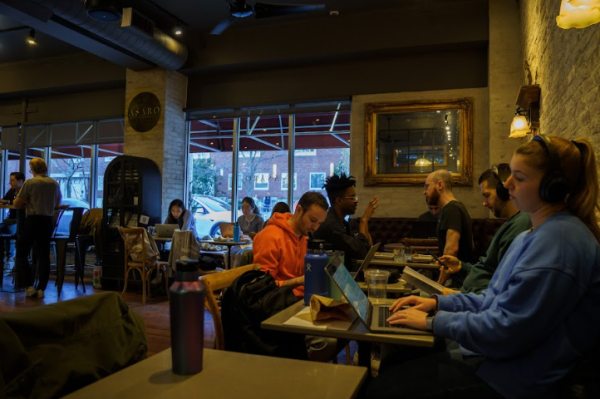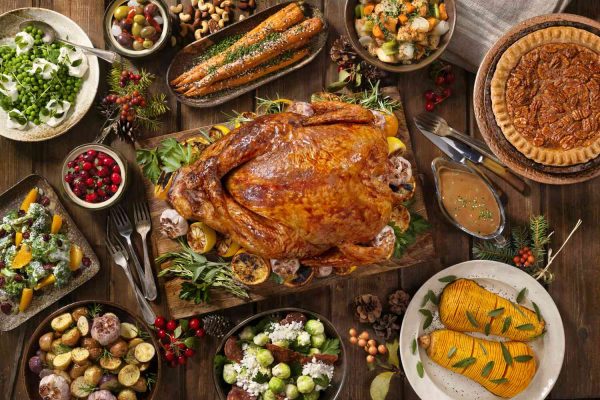Declining Bee Populations Threaten Everything
As Modern Farming Advances, Bees Become Increasingly Vulnerable
May 30, 2018
Since the return of spring has arrived in Cambridge, splashes of pink and green have filled the streets that were colorless just weeks ago. Without bees and their pollination of plants, this rebirth of plants would not be possible.
Because of the crucial role bees play in global agriculture, it’s vital to ensure that the environment stays fit for their survival. However, the bee population is currently declining. The most devastating cause of the diminishing bee population is pesticide use. Although pesticides attack critters that devour crops, they also harm bees. In some countries, such as France and Germany, certain pesticides have been banned for this very reason; however, these same pesticides are still largely implemented in U.S. agricultural practices.
Diseases are another issue that widely affects the bee population. Diseases, viruses, and other pathogens that have been affecting bees include American foulbrood, Israeli acute paralysis virus, and varroosis. According to the Environmental Protection Agency, diseases among bees have increased immensely in recent years due to pesticides depleting bee immunity.
The bee population is also lacking in genetic diversity, which is a key factor for a successful colony. A 2013 study by North Carolina State University concluded that more genetically diverse colonies had better survival rates than less genetically diverse colonies. In a sample of 80 colonies, 48% of colonies that had queens that mated at least seven times were still alive over the course of the 10-month study, while only 17% of colonies that had queens that mated less than seven times survived. Increased mating times increases genetic variation, since sexual reproduction results in more genetic diversity.
Selective breeding of bees by humans has negatively affected genetic variation. Since domesticated bee-breeding is done artificially for agricultural practices, certain traits are overly expressed while other genes are bred out based on whether or not those genes benefit crop pollination. Artificial selection decreases genetic diversity by making each bee’s genome essentially identical, which increases vulnerability to diseases.
In order to save bee populations, it’s essential that farmers begin to take a more holistic approach to agriculture. Though some may argue that conventional agriculture is the only possible way to feed the world, modern farming is doing quite the contrary. With hundreds of monoculture crops come gallons of pesticides—which prevent bees from pollinating essential crops. However, pesticides do serve an important purpose, as pests tend to invade crops. One solution would be to replace neonicotinoid pesticides, which are a lethal insecticide to bees.
Another solution that would benefit the bees would be to let them reproduce in a more natural environment. If bees reproduce in their own natural environment without modification, this will increase genetic variation, which will be beneficial to future generations of bees and their health.
The U.S. can thank bees for diverse food production, as honeybees pollinate 80% of U.S.-grown crops. Without bees, the U.S. wouldn’t be able to produce 95% of the food that is manufactured in the food industry. Although there are other pollinators, such as butterflies and hummingbirds, honeybees are the most essential for pollination and are also a keystone species—meaning without them, other species, including humans, would not be able to thrive in their environment.
If the bee population continues to fall, this will undoubtedly jeopardize the biodiversity of the earth. Rather than using toxins to exterminate pests, individuals who grow any vegetation should use more wholesome agricultural practices in order to preserve bee populations. After all, humans owe it to the bees for everything with which they have provided the world.
This piece also appears in our May print edition.









